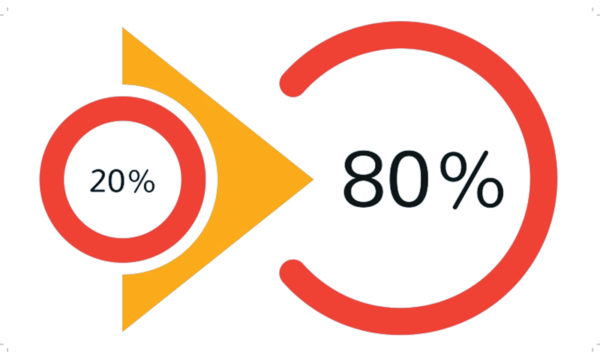The first sentence of your next appeal letter is really important.
Most readers will use it to decide whether to keep reading . . . or start thinking about whether to recycle or delete your message.
So yeah, it’s important. We’ve written hundreds of appeals and e-appeals over the years, and studied the results. Here are five tips to make your first sentence GREAT:
1. Short and Sweet
Your first sentence should be short and easy to understand. If your first sentence is long, complex, has lots of commas and clauses, and maybe a statistic or two, would you want to keep wading through? Remember, your reader is using it to decide whether to keep reading . . . or not.
2. Drama, Drama, Drama
Fill it with drama or make it interesting to your donor. Drama and tension are two of the best tools you have for engaging their interest. Or make it something that would be interesting to your donor – which is likely something different than would be interesting to you!
The worst example of this I ever saw was a first sentence that said, “Recently we hosted a staff leadership seminar.” Ouch.
3. What’s The Point?
One of the best first sentences is, “I’m writing to you today because . . .” That sentence forces you to get right to the point – which donors really appreciate. You want to know why so few donors actually read fundraising letters? It’s because they know how long it takes most nonprofits to get to the point! So if you and your organization get to the point quickly, your donor will be far more likely to read more.
4. Who Cares?
Another great tactic is to make the first sentence about the donor. Think “I know you care about Koala bears” or “You are one of our most generous donors, so I think you’ll want to know . . .” Listen, most of the other organizations she donates to wax poetic about totally unrelated things or about how great they are. When you write her and talk about her, she’ll love it!
5. Less is More
After you’ve written the first draft of your appeal, you can often delete your first couple of sentences or paragraphs. This happens to me all the time in my own writing, and in appeal letters that I edit for clients. In the first draft, the first couple sentences or paragraphs are often just warmup. They can be deleted and your letter will be stronger because now it gets right to the point.
So next time you’re writing, pay special attention to your first sentence. Keep it short and easy to read. Fill it with drama if you can. And when more people read your writing, more people will donate!
This post was originally published in June 2017.





